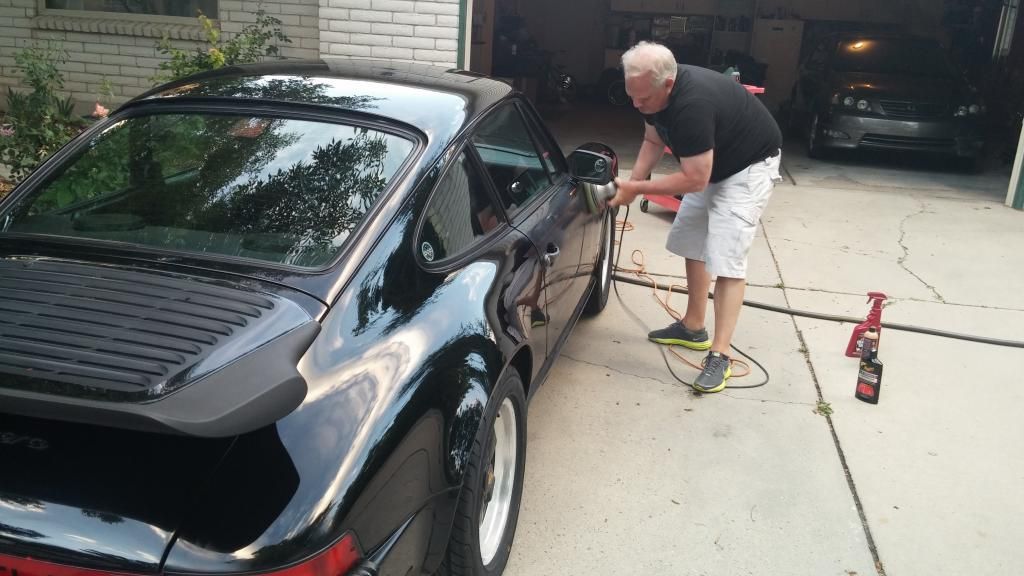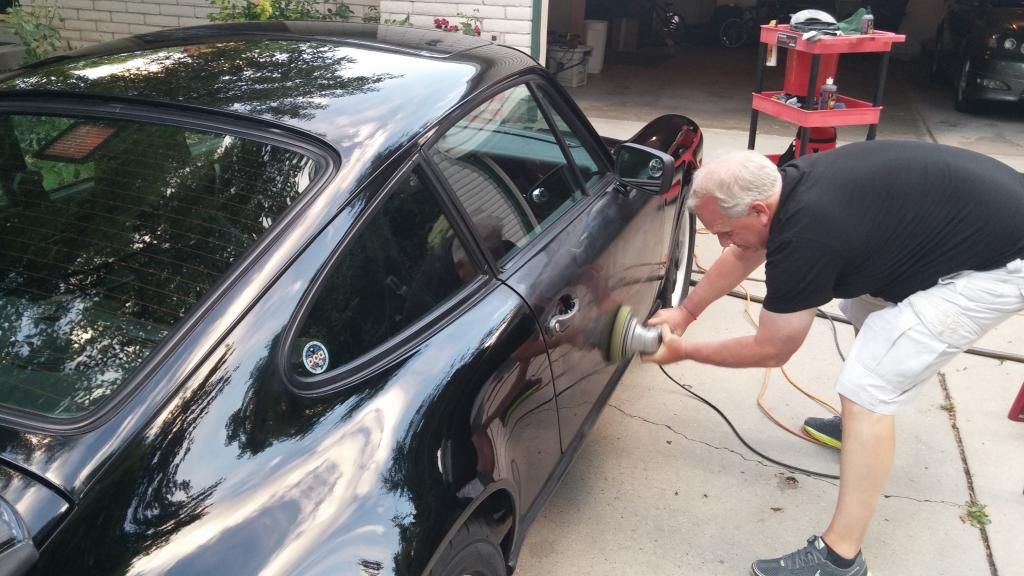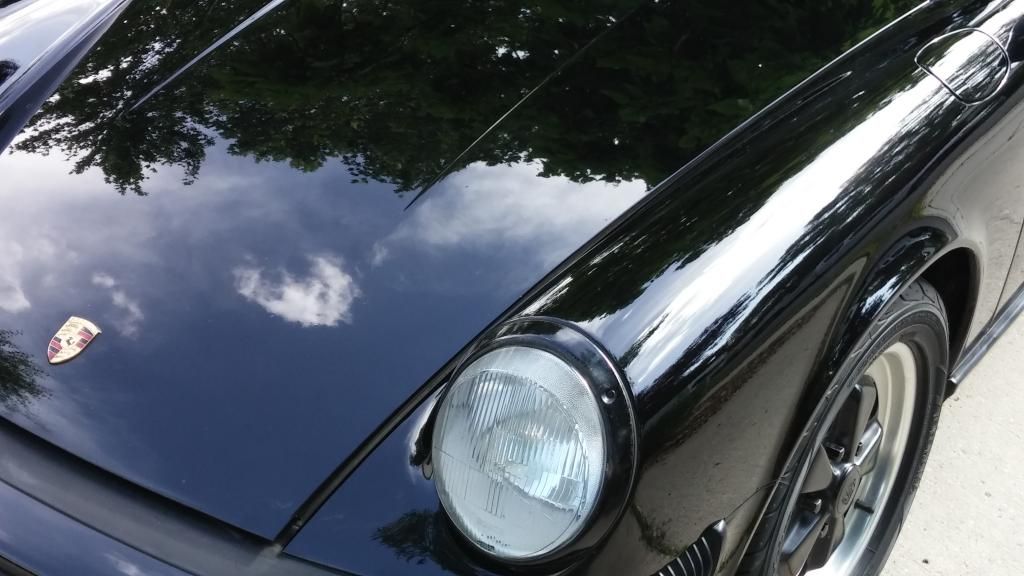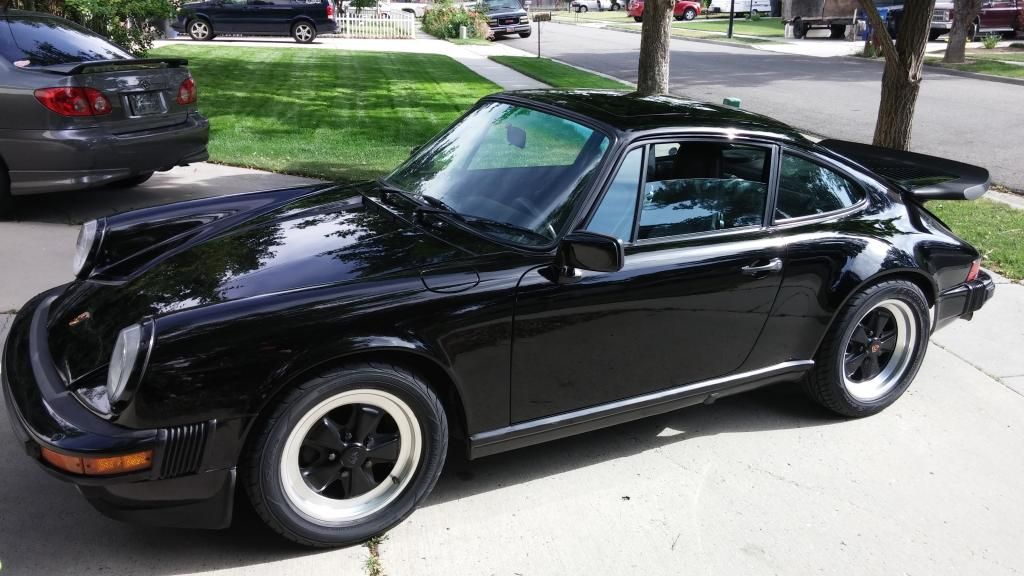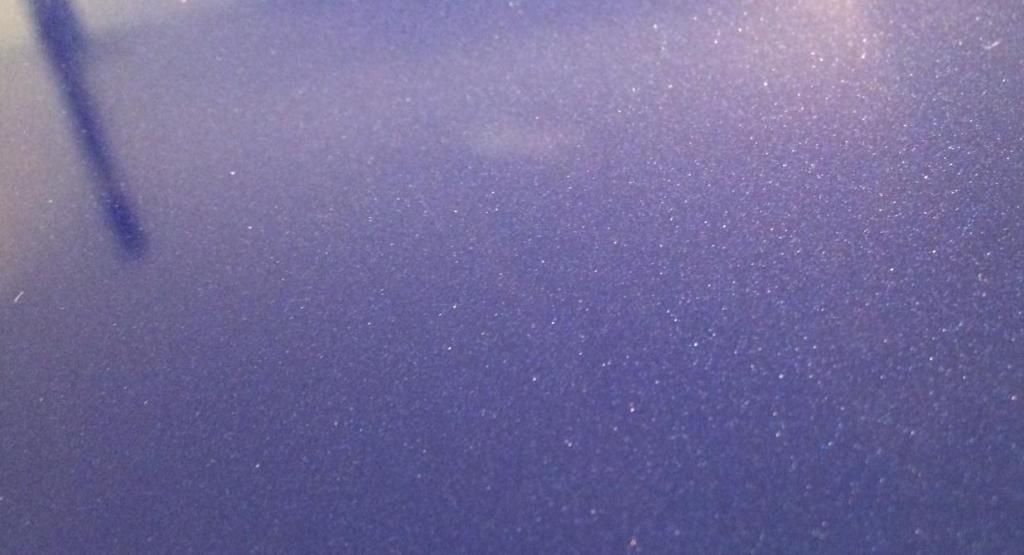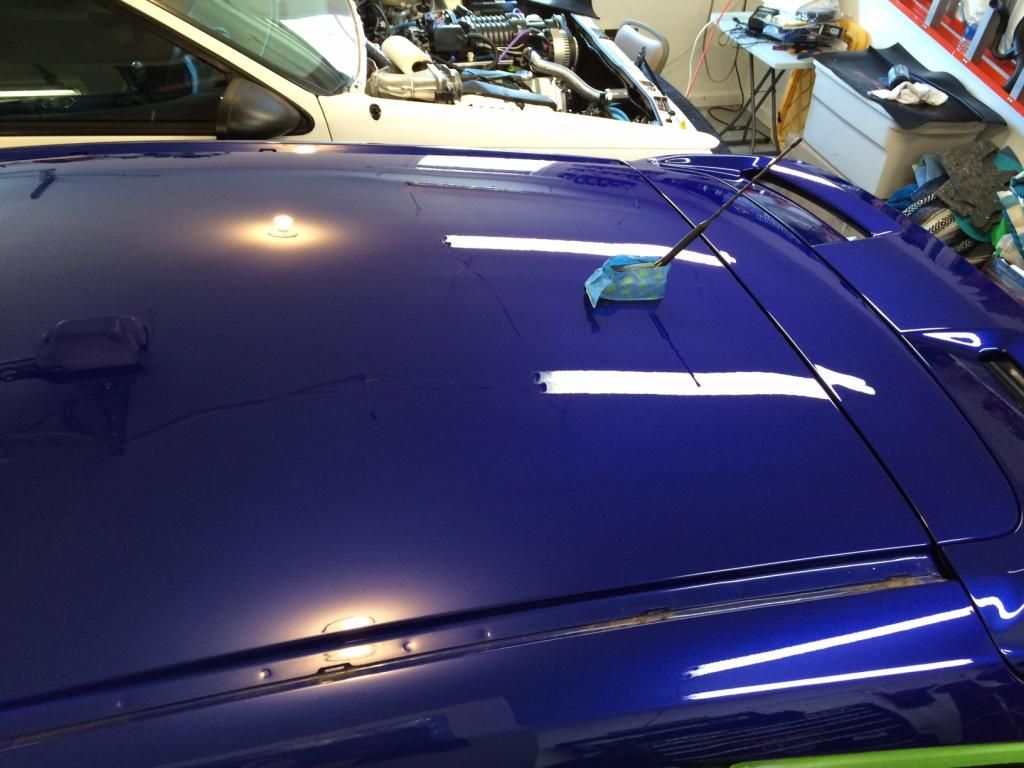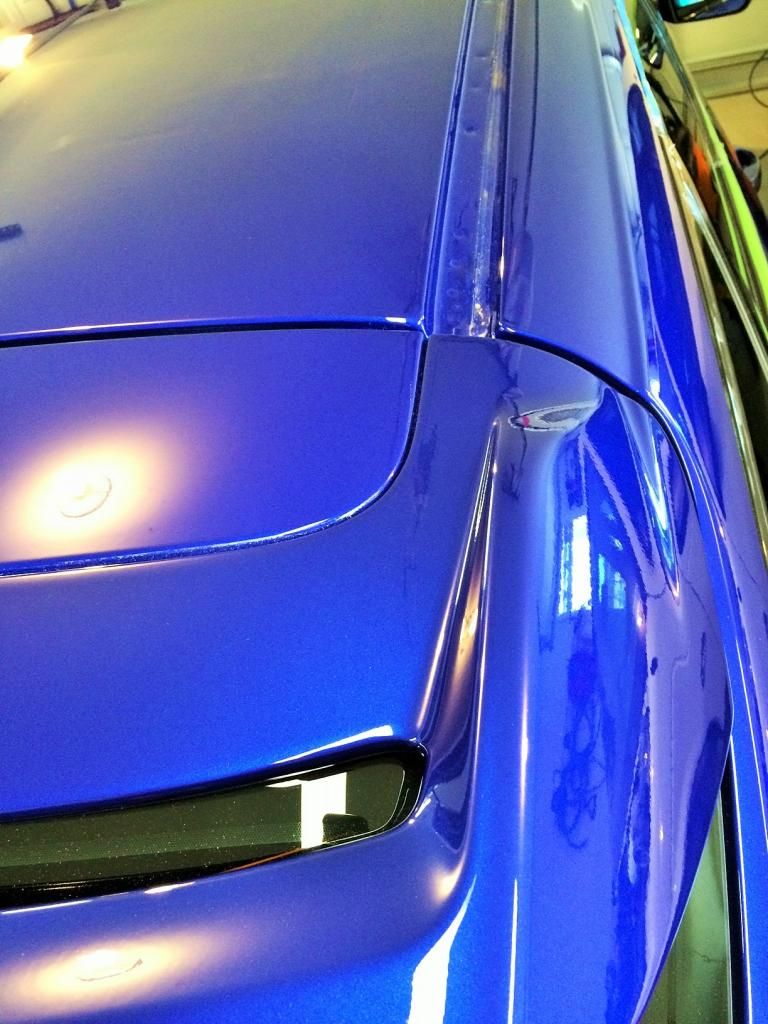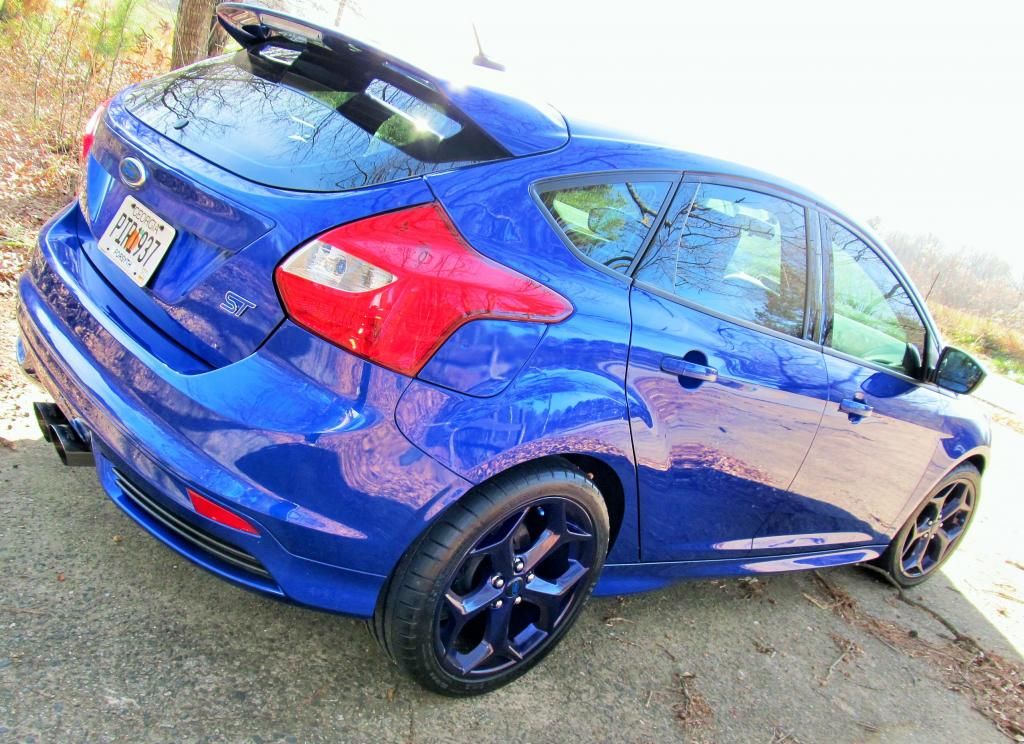First post so hi everyone!
I am having an issue with the original solid (non-metallic) black paint on my 2003 Porsche 911 Turbo. I bought the car a few months ago and overall the car is extremely clean and paint had very very minimal swirling (got rid of them easily with polish) all exterior rubbers and plastics are in perfect shape as well as interior is pretty much perfect. Have very extensive maintenance records so the car was well cared for.
I am having an issue with the hood. I have tried clay bar and I have also polished with a DA and blue foam pad with Meguiar's Ultimate Polish. Basically I was able to get rid of the minimal swirling and from any distance over about three feet from the hood the finish looks great!
BUT...I have not been able to get rid of these very tiny white specks. They are more concentrated near the leading edge of the hood and sort of fade out toward the back of the hood. They can't really be felt by finger tip or finger nail. They almost look like dust. You can't see them from about 3 feet away and are basically invisible in normal inside lighting or shade even when looking closely. But in direct sunlight and/or under close inspection with a flashlight,etc you can see them clearly.
I read some info about other cases of this maybe being some type of pitting and I'm hoping that maybe I can use some type of compound to get these specks out. Looking for any suggestions or advice on what this could be and what to do to try and improve this.
Thanks in advance for any help or guidance!
Couple pics below:
Here is a close up, you can see the specks and if you look really closely you can see that the sizes of them get super small. Again from just a couple feet away you can't see them and you can't feel them.

Here is what the hood looks like from just a couple feet away:

I am having an issue with the original solid (non-metallic) black paint on my 2003 Porsche 911 Turbo. I bought the car a few months ago and overall the car is extremely clean and paint had very very minimal swirling (got rid of them easily with polish) all exterior rubbers and plastics are in perfect shape as well as interior is pretty much perfect. Have very extensive maintenance records so the car was well cared for.
I am having an issue with the hood. I have tried clay bar and I have also polished with a DA and blue foam pad with Meguiar's Ultimate Polish. Basically I was able to get rid of the minimal swirling and from any distance over about three feet from the hood the finish looks great!
BUT...I have not been able to get rid of these very tiny white specks. They are more concentrated near the leading edge of the hood and sort of fade out toward the back of the hood. They can't really be felt by finger tip or finger nail. They almost look like dust. You can't see them from about 3 feet away and are basically invisible in normal inside lighting or shade even when looking closely. But in direct sunlight and/or under close inspection with a flashlight,etc you can see them clearly.
I read some info about other cases of this maybe being some type of pitting and I'm hoping that maybe I can use some type of compound to get these specks out. Looking for any suggestions or advice on what this could be and what to do to try and improve this.
Thanks in advance for any help or guidance!
Couple pics below:
Here is a close up, you can see the specks and if you look really closely you can see that the sizes of them get super small. Again from just a couple feet away you can't see them and you can't feel them.

Here is what the hood looks like from just a couple feet away:

